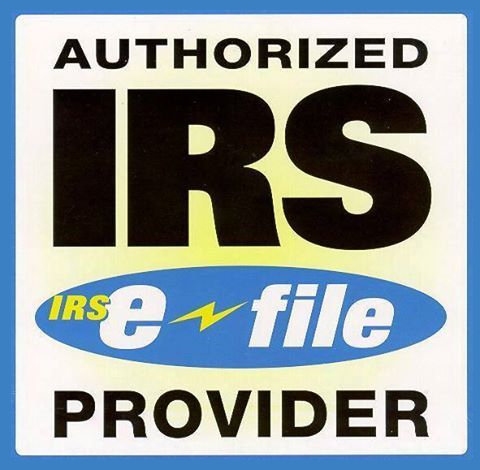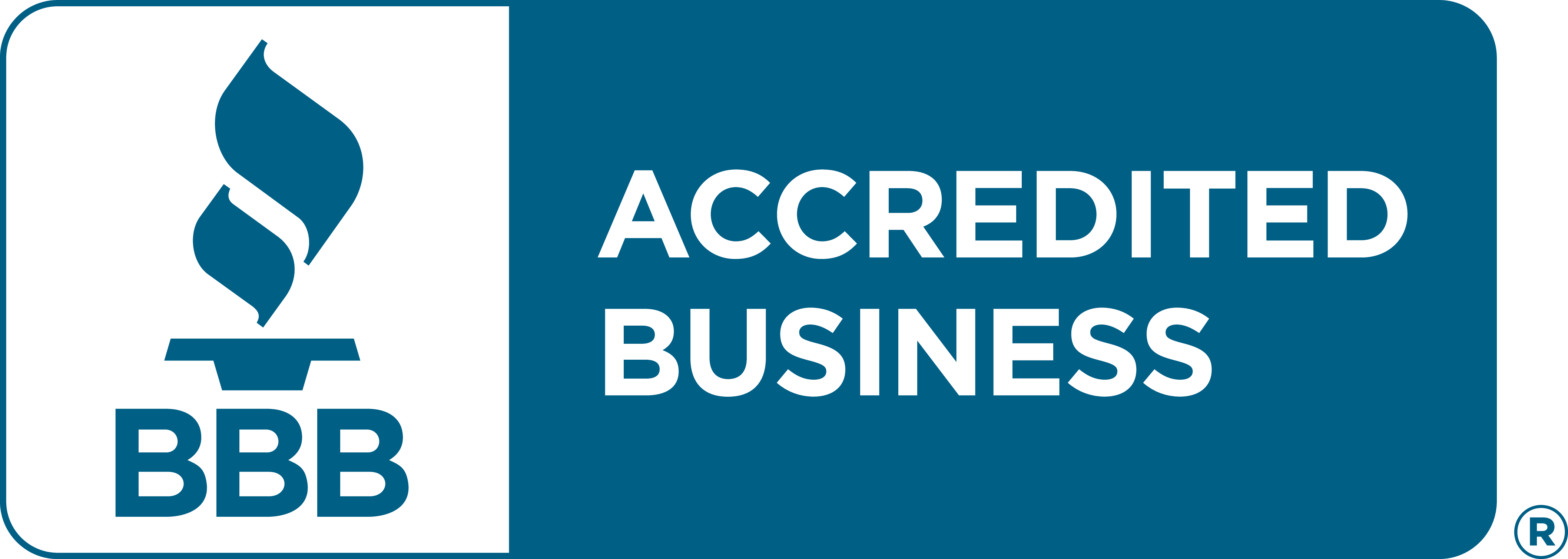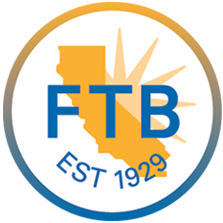Form 4562 Guide to Depreciation Deductions
Excise Tax Forms
Employment Tax Forms
Information Returns
Exempt Org. Forms
Extension Forms
FinCEN BOIR
General
Every business that invests in equipment, vehicles, buildings, or intangible property can recover the cost of those assets over time through depreciation and amortization. To claim these deductions, the IRS requires you to file Form 4562, Depreciation and Amortization (Including Information on Listed Property), along with your main business tax return.
Form 4562 allows you to:
- Deduct the cost of tangible business assets (machinery, computers, office furniture, etc.)
- Claim Section 179 immediate expensing
- Report amortization for intangible property (goodwill, trademarks, patents)
- Record depreciation for property placed in service in the current or prior years
Proper completion ensures you claim the right deduction amounts, maintain compliance with IRS rules, and avoid penalties or mismatched figures on your return.
What Is IRS Form 4562?
IRS Form 4562 is used by businesses to report depreciation and amortization deductions. It serves as the IRS’s verification document for property cost recovery and helps ensure assets are depreciated properly under the Modified Accelerated Cost Recovery System (MACRS) or the Alternative Depreciation System (ADS).
Depreciation vs. Amortization
| Term | Applies To | Recovery Type | Example |
|---|---|---|---|
| Depreciation | Tangible assets | Cost recovery over asset life | Equipment, Vehicles, Buildings |
| Amortization | Intangible assets | Even allocation over asset’s useful life | Patents, Copyrights, Startup Costs |
Why Form 4562 Matters
1. Accurate Cost Recovery
Businesses invest in long-term assets that lose value with time. Depreciation ensures your financial statements and tax returns reflect this reduction accurately.
2. Tax Savings
By spreading deductions across multiple years or electing Section 179, you reduce your taxable income, freeing up cash for reinvestment.
3. IRS Compliance
Form 4562 ensures depreciation follows IRS recovery periods, methods, and property classification rules. Misreporting can result in penalties or rejected returns.
Who Must File Form 4562?
You must file Form 4562 if, during the year, your business:
- Placed property in service for depreciation or amortization
- Is claiming a Section 179 deduction
- Is claiming a special (bonus) depreciation allowance
- Has listed property used for both personal and business purposes
- Is reporting depreciation from rental real estate on Form 8825
- Continues depreciation from prior-year placed assets
Entities Required to File
| Entity Type | Return Form | 4562 Attachment Required |
|---|---|---|
| S Corporation | Form 1120-S | Yes, attach to return |
| C Corporation | Form 1120 | Yes, if claiming depreciation or amortization |
| Partnership | Form 1065 | Yes |
| Sole Proprietor | Schedule C (Form 1040) | Yes, if business property is depreciated |
| Rental Real Estate Entity | Form 8825 | Yes, for building depreciation |
Form 4562 Filing Deadlines
Form 4562 is due on the same date as your main tax return:
| Entity | Main Return | Filing Deadline | Extension Form |
|---|---|---|---|
| S Corporation | Form 1120-S | March 16, 2026 | Form 7004 |
| Partnership | Form 1065 | March 16, 2026 | Form 7004 |
| C Corporation | Form 1120 | April 15, 2026 | Form 7004 |
| Sole Proprietorship | Schedule C with Form 1040 | April 15, 2026 | Form 4868 |
Step-by-Step Breakdown of IRS Form 4562
Form 4562 is divided into six parts, each focusing on a specific deduction type or asset classification.
Part I: Election to Expense Certain Property (Section 179)
Purpose:
Allows businesses to immediately deduct the cost of qualifying property instead of depreciating it over time.
- Line 1: Enter the total cost of Section 179 property placed in service.
- Line 2: Enter the maximum dollar limitation ($1,220,000 for 2026).
- Line 5: Deduct property cost up to the annual limit.
- Line 11: Phase-out begins when total asset purchases exceed $3,050,000.
Qualifying Property:
- Equipment, computers, furniture, machinery, vehicles used > 50% for business
- Off-the-shelf software
- Certain qualified improvement property (QIP)
Non-Qualifying Property:
- Land or buildings
- Assets used for lodging
- Property used less than 50% for business
Example:
XYZ Corp buys machinery worth $150,000.
They can claim the full $150,000 deduction under Section 179 if they meet IRS criteria.
Part II: Special Depreciation Allowance (Bonus Depreciation)
Purpose:
Allows an additional deduction (80% in 2026) on qualified new or used property placed in service during the year.
Eligible Property:
- Tangible property with a recovery period ≤ 20 years
- Qualified improvement property
- Computer software and certain listed assets
Example:
If you buy $100,000 worth of qualified property, you can claim $80,000 as bonus depreciation in 2026, and depreciate the remaining $20,000 over the asset’s life.
Part III: MACRS Depreciation (Regular Depreciation)
Purpose:
For assets that are depreciated annually over their useful lives using MACRS — the IRS’s default system.
Depreciation Methods:
- 200% Declining Balance (DB): Accelerated method (e.g., machinery, computers)
- 150% DB: Used for certain types of property or if elected
- Straight-Line (SL): Equal annual depreciation over asset life
Typical Recovery Periods:
| Property Type | Recovery Period | Method |
|---|---|---|
| Computers & Equipment | 5 years | 200% DB |
| Office Furniture | 7 years | 200% DB |
| Residential Rental Property | 27.5 years | SL |
| Non-Residential Building | 39 years | SL |
Example:
If your business buys office furniture for $14,000, you’ll depreciate it over 7 years using 200% DB method, unless you elect otherwise.
Part IV: Summary
This section consolidates all deductions claimed:
- Add up Section 179, bonus depreciation, and MACRS amounts.
- The total deduction is transferred to your main tax return:
- Form 1120-S: Line 14
- Form 1065: Line 16a
- Schedule C: Line 13
Ensure these totals match exactly to avoid IRS mismatch notices.
Part V: Listed Property
Used for assets with dual use (business and personal).
Examples include vehicles, cameras, or computers.
- Must maintain business usage logs (e.g., mileage records).
- Business use must be > 50% to qualify for Section 179.
- Report percentage of business vs. personal use.
Example:
If your vehicle is used 70% for business, you can depreciate only 70% of its cost.
Part VI: Amortization
This section reports deductions for intangible property.
Common Intangibles:
- Goodwill
- Trademarks and patents
- Startup and organizational costs
- Franchises or licenses
Amortization Period: Typically 15 years (straight-line method).
Example:
If you incur $45,000 in organizational costs, you can amortize them equally over 15 years ($3,000 per year).
Special Situations & Reporting
1. Depreciation for Rental Real Estate
If your entity owns rental property, report income and expenses on Form 8825 , and use Form 4562 to record depreciation.
File rental income and depreciation accurately using Form 8825 →
2. Passive Activity Limitations
Depreciation deductions may be limited under IRC Section 469 if the activity is passive. Losses are only deductible against passive income unless you qualify as a real estate professional.
3. Vehicle Depreciation Limits
Luxury auto depreciation caps apply (e.g., $20,200 for vehicles placed in service in 2026). Business usage logs are mandatory.
Common Mistakes to Avoid
| Error | Impact |
|---|---|
| Claiming Section 179 on ineligible property | Deduction disallowed |
| Not reducing depreciable basis by Section 179 claimed | Overstated deductions |
| Ignoring listed property usage documentation | Partial or denied deduction |
| Mismatch between Form 4562 and Form 1120-S totals | IRS notice or adjustment |
| Omitting prior-year assets still being depreciated | Underreporting |
Best Practices for Compliance
- Keep invoices, purchase dates, and usage records for all assets.
- Review IRS Publication 946 for annual updates on depreciation limits.
- Apply the same method for similar property classes.
- Reconcile totals with your main return (Form 1120-S or 1065).
- Use TaxZerone’s guided e-filing to auto-attach Form 4562 when applicable.
Frequently Asked Questions (FAQs)
1. Do all businesses file Form 4562?
No. Only those claiming depreciation or amortization deductions must file.
2. Can I e-file Form 4562 separately?
No. It must be submitted with your business return (e.g., Form 1120-S, 1065, or Schedule C).
3. What’s the difference between Section 179 and Bonus Depreciation?
Section 179 lets you electively deduct asset costs up to an annual limit, while bonus depreciation is automatic and applies after Section 179.
4. Do rental property owners use Form 4562?
Yes, if they are depreciating buildings, improvements, or furnishings used for rental. See Form 8825 for details.
5. How long should I keep depreciation records?
Keep all asset-related records for at least 7 years after the asset’s disposal.












